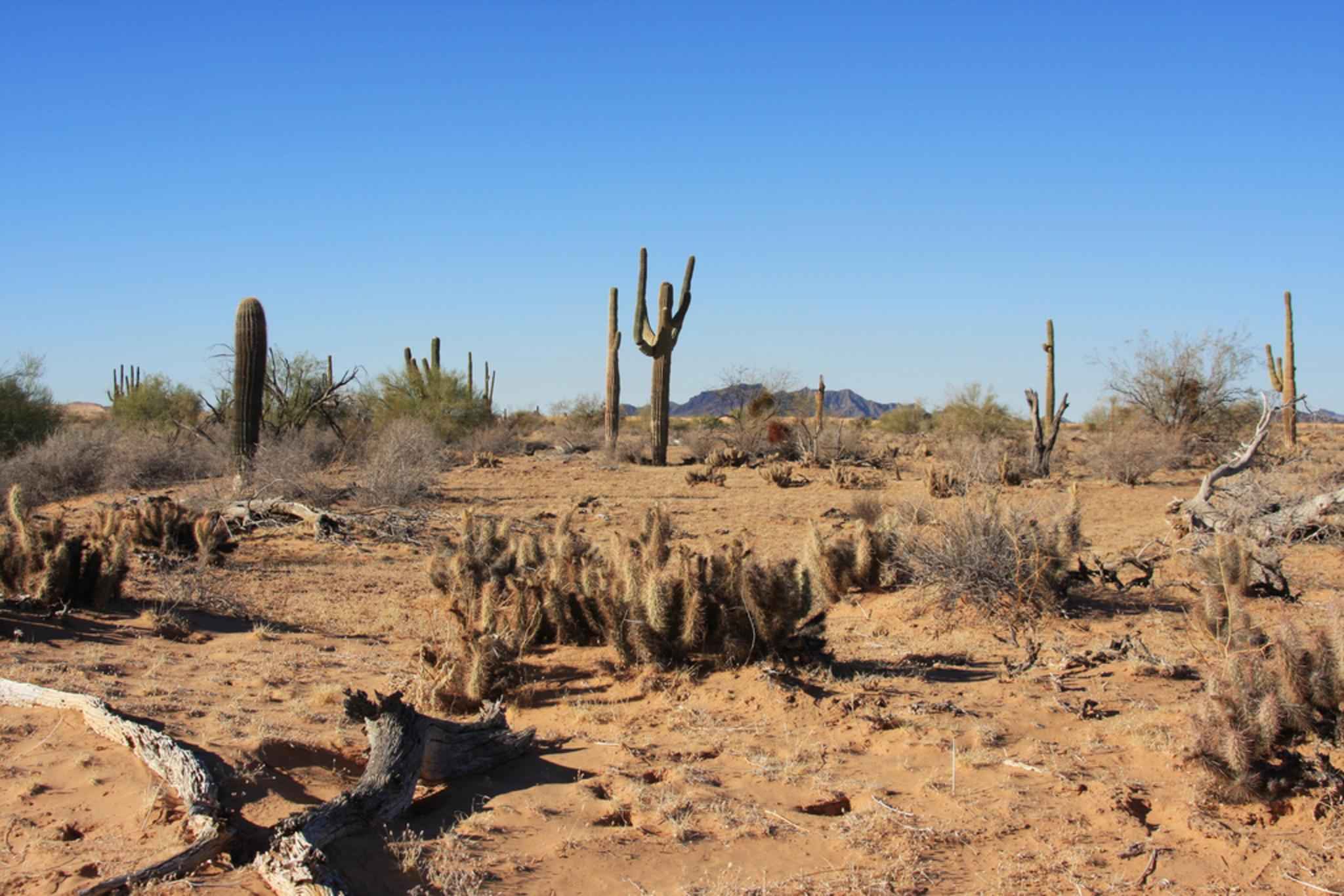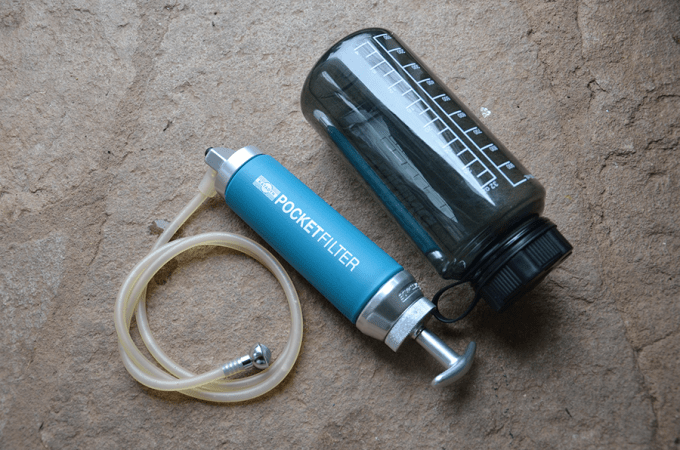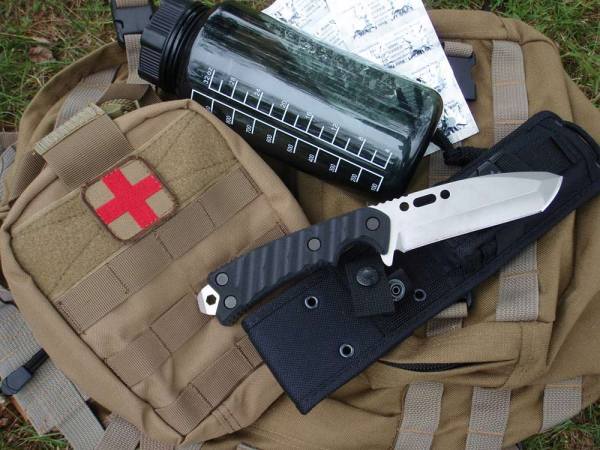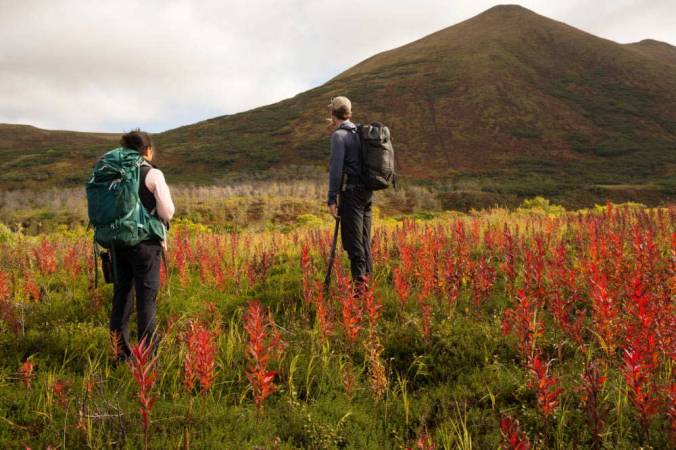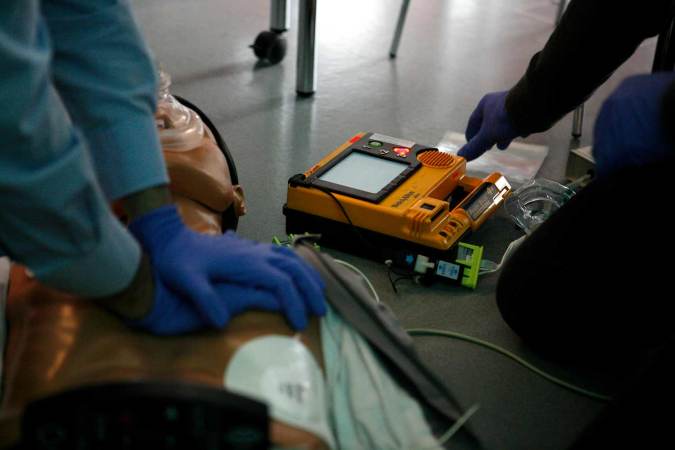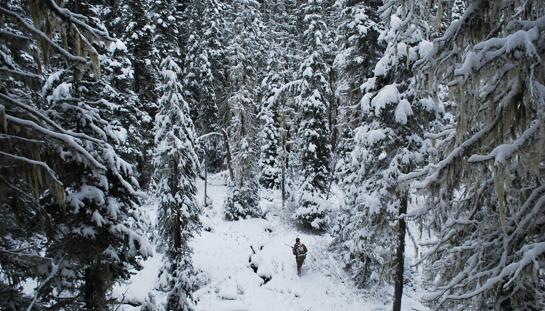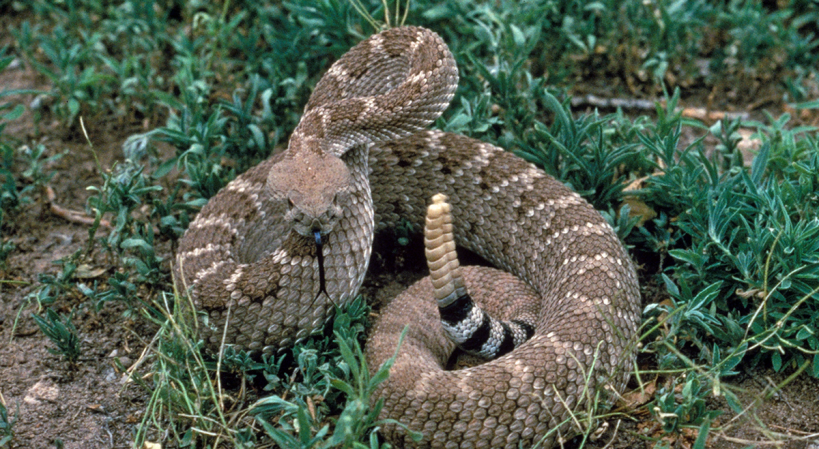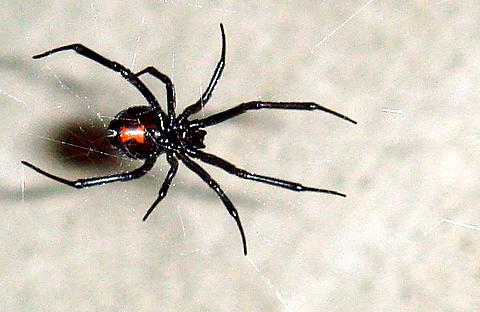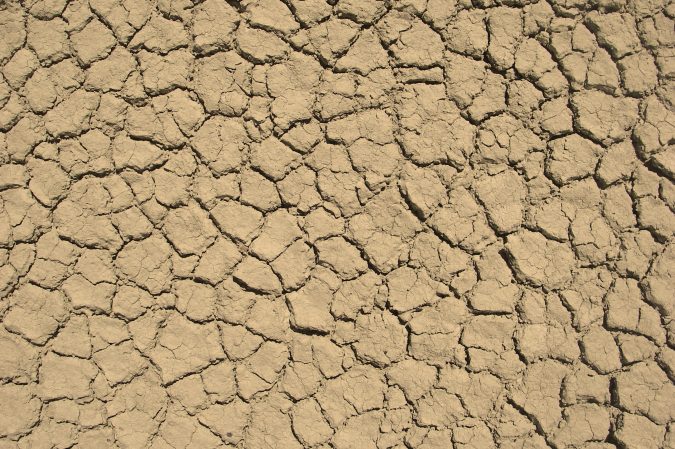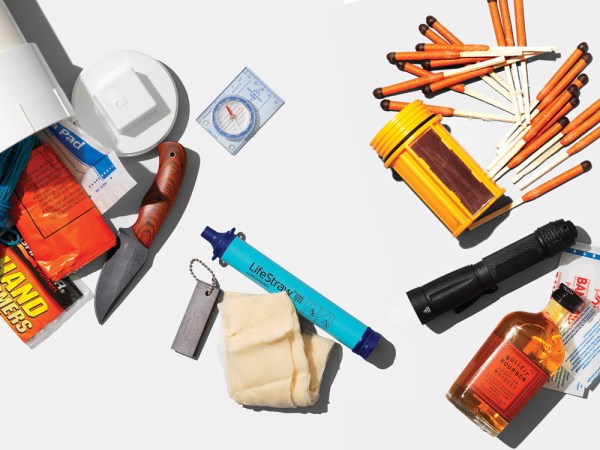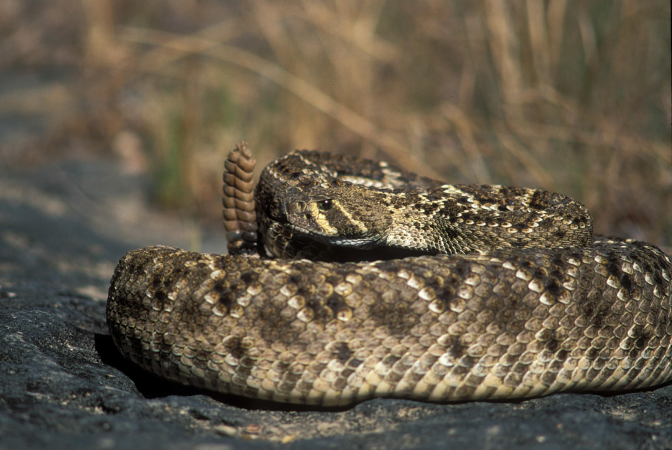The world’s deserts are places of inhospitable beauty. The things that fill their vast emptiness are designed to bite, poke, or sting. Even the dry desert itself can do some serious damage, acting like a sponge and sucking the moisture from our constantly drying bodies.
In these austere surroundings, you can’t afford to break the rules in an emergency situation. Follow these do’s and don’ts, and your odds of survival will increase dramatically.
DO gain some local information about the desert area’s water sources before you begin any trek into arid country. It could also pay to learn how to build a solar still, so bring the sheet of plastic, shovel, and tubing necessary for that task. But don’t expect more than a cup of water per still per day. Better yet, take a few extra gallons of water. That’s gallons, plural—not quarts or liters.
DON’T drink urine if you have any other choices. If anyone’s stuck in the desert and so dehydrated that urine is on the radar as a beverage, then the urine will be too concentrated to be a practical drink. Pee is full of waste products, and it leaves the body for a good reason—it’s not welcome anymore. Drinking urine has bought desert survivors a few days of life, and sometimes people have been rescued within that window, but do try to find something safer, better, and less vile to drink.
DO find a snake-, spider-, and scorpion-proof shelter for your evening’s rest. A tent or closed vehicle is ideal. If those aren’t options, do your best to tighten up any spots in your survival shelter where a snake could slither in, attracted to your generous body heat.
DON’T ignore where you put your hands and feet in areas with lots of dangerous snakes and spiders. If you do get bitten by a venomous animal, cleanse the bite with soap and water (if available). Remove any jewelry on the hands and wrists if the bite occurred near there. Immobilize the bitten area and, if possible, keep it lower than the heart. Cover the area with a clean, cool compress or a moist dressing to minimize swelling and discomfort. Monitor vital signs (pulse and temperature) and get medical care ASAP.
DO keep all of your skin covered with light-colored clothing. While it’s a bad fabric for cold, wet environs, cotton is an acceptable choice for daytime wear in hot deserts. The cotton fibers hold water and decrease evaporative water loss from your skin. Just make sure you have dry clothes to change into when the sun begins to drop, as damp cotton can accelerate hypothermia on frigid desert nights.
Tell us about your close calls in the desert, and how you reacted, by leaving a comment.
Photo via USFWS
